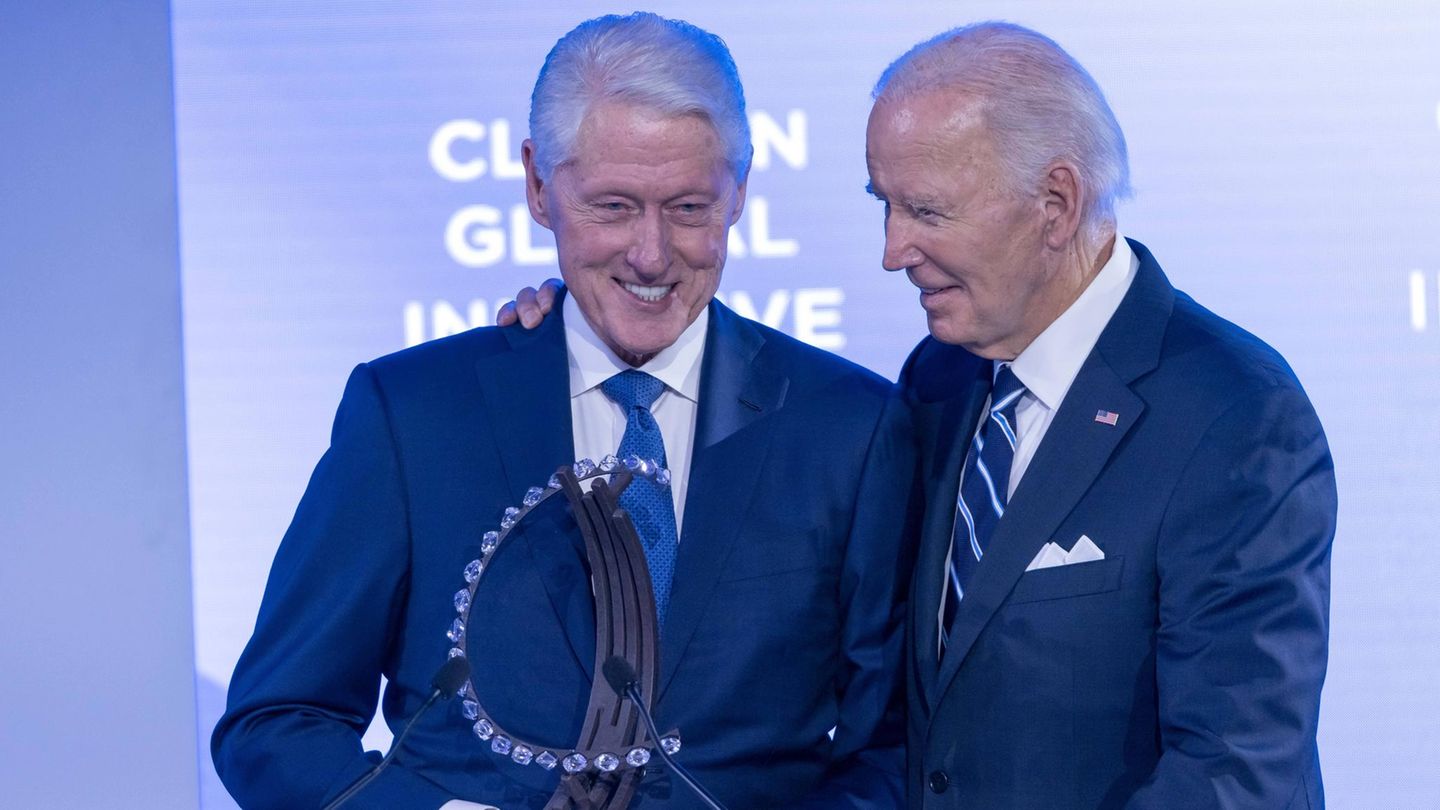During the last three months of 2022, Nine out of ten agreements achieved improvements in real wages, which also closed adjustments for the first months of 2023, which is why as long as inflation continues to slow down, the improvement will be even greater.
Most of the agreements were closed anticipating a monthly inflation of 6 percent for the first months of the year, the report details.
Winners
“The unions that achieved better salary conditions compared to inflation during 2022 are Hotel and Gastronomy workers (+15.9% real), those of Short and Medium Distance Transportation (+10.9% real) and Commerce employees (+6.1% real)”, the report notes.
Meanwhile, the construction workers registered an increase of 2.6% real to Dec-22, while the healthcare workers they obtained a real increase of 1.6% at Dec 22.
construction 2022.jpg
The Government seeks to promote construction by promoting the laundering of funds destined for that sector.
“The Guaranteed National Minimum Teacher Salary (SMNDG) also registered an increase of 1.2% in real terms as of Dec 22),” the document indicates.
In opposition, “the union that lost the most in basic salary compared to inflation during 2022 was Truckers (-6.5% real to Dec-22)”.
In this case, the Truckers joint agreement allowed them – with ups and downs – to maintain purchasing power in real terms until June but then lost every month with respect to inflation.
It was followed by Food (-4.8% real as of Dec-22), Banking (-3.2% real as of Dec-22) and the Metallurgical Guild (-1.7% real as of Dec-22).”
“In the case of bank workers, they should discuss the salary guideline for this year shortly and in the case of truckers, they have expected increases of around 6% per month until June. If inflation is below that, They will thus be able to improve their purchasing power”, they clarify from CESO.
It is highlighted within the report that when analyzing the evolution throughout 2022 of the unions, it is observed that the inflationary acceleration of June and July implied that by the month of August very few unions were located above inflation. LAfter renegotiation, although the situation improved, it failed to recover what was lost in those periods.
For the report, the salary scales published by each union were taken into account, taking as a reference the basic salary of the lower category, without including bonuses or other additional ones (presenteeism, seniority, productivity, and others) that are also part of the negotiation. parity and can improve or worsen the result of the basic salary of the agreement.
Expectations
Some unions have agreed to reopen their parities at the beginning of this year. Others have already done so and closed new adjustments such as the workers employed by Commerce who last week signed the 22.9% salary review and closed a 101% annual adjustment for all concepts.
Meanwhile, transportation workers currently have an open negotiation and the teachers’ union, together with the bank unions, have stipulated new joint negotiations starting this month.
The key to improving purchasing power is for inflation to continue slowing down, something that CESO sees as difficult due to the “resistance of deep-rooted inertial inflation.”
In this context, the objective of closing parities at around 60% could only be applied as of March, the report estimates.
Although they warn that “the ‘salary anchor’ strategy for inflation was already tested in 2021 and at that time it quickly became blurred.” In addition, as noted in the negotiation process, the “parity year” today is not
Source: Ambito
David William is a talented author who has made a name for himself in the world of writing. He is a professional author who writes on a wide range of topics, from general interest to opinion news. David is currently working as a writer at 24 hours worlds where he brings his unique perspective and in-depth research to his articles, making them both informative and engaging.




